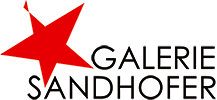
Piotr Kotlicki, We are turning into nothings exclaimed the general
08.07.2016 until 21.09.2016
Piotr Kotlicki – ’’We are turning into nothings exclaimed the general”
What is reality? How does an artist manifest the truth through painting? Who is a contemporary man? Is an attempt to find one’s own style a form of a limitation? In his existential questions about the meaning of human endeavours and passions, the constant search for harmony and artistic cohesion, Piotr Kotlicki allows himself for honesty of simplicity, stating: ,(…) the reason why I create art is really simple- I like to paint very much”.
The period of adolescence for Piotr Kotlicki, currently exhibiting in Galerie Sandhofer, became the moment of a sudden awakening of his artistic interests. The unrestrained youthful urge for expression, embedded in his inner character, was predetermined neither by artistic roots, nor a fashion trend among his friends. At no time was it either an overt undertaking of manifesting anything, but rather a yearning for an aesthetic experience, an attempt at a new form of activity. He wished not only to listen and watch but to play, sing and paint himself. Out of the areas he had sampled, it was the painting which appeared to be the closest to him, best implementing his nature, sensitivity, spirituality.
Kotlicki is a constantly searching artist. Treading his own path, aiming at defining himself, giving his work a clear identity, he came across the avant-garde. He would back off the way, though, reckoning that a particular style imposes some limitations, and the real art is the liberation from the clichés and guidelines. Following this line of thinking, he managed to remain the independent artist, creating plainly under the influence of his own feelings experienced in a certain moment, the influence of certain occurrences.
In his work he gets inspired by everything which surrounds him, seems appealing, interesting to him and corresponds with his own self, shaped by archetypes, social influences and the very own motives. Sometimes it is a plot of a book consciously quoted in a painting, sometimes a view of a window, photographs and films from the internet, the influence of the professors of the art academy. His art is also constituted by the influence of the media, or, strictly, sensitivity to media coverage. A majority of the works of the period of 2014-2015 have been incited by the civil war in Ukraine, its unpredictable and bloody course. Thus, one can see a bipolarity or ambiguity of the artist’s intentions and the final outcome – on one hand, he simply wants to paint, out of an urge, artistic impulse, allowing himself for accidentality, on the other hand, he wishes to moralise, awake remorse, call for coming to our senses. This adds up the existential mode to his works.
The artist makes use of photographs in his painting. Having worked for many years in the area of photography, as a painter he had to go beyond the photographic vision, which is plain to see in his attempt of distortion. In each presentation he tries to distort the proportions, waiving the pseudo-real realm of photography.
The form in Kotlicki’s paintings evolved alongside with his search for artistic identity. The original focus on a single factor or a character in a work gave way to the complexity of presentation, frequently composed of exotic plant and animal motives. Apparently, the evolution of the form proceeded his two-year contract on transatlantic liners. The big-sized paintings, thickly covered with paint, draw the spectator into a thicket of subplots. The observer tries to discover the hidden meanings and metaphors, which is not usually a deliberate intention of the artist but just a mere coincidence.
The only aspect that the author derives acutely from traditional symbolism is the construction of a painting. The use of the central or somewhat diagonal composition, separating a painting in two, has a great significance for the emotional quality of a work. Owing to the diagonal, rising positioning, he achieves a positive undertone of a depicted scene, or a negative mode in a diagonal, downward one. Alike, the edges of the canvas have a symbolic meaning – they constitute a border beyond which the author awaits the unknown, freedom but danger as well.
Beholding his experience of work on film sets, Kotlicki pays great attention to the play of light and shadow. Studying the works of masters of various periods as Caravaggio, Bacon, Picasso or Basquiat, he created a synthesis of their experiences with his own observation of the correspondence of light and shadow. The glaze technique he took up appears perfect for rendering the depth of chiaroscuro, although he does not apply it explicitly, leaving space for the quality of randomness.
Kotlicki’s works are texturally rich to great extent. Along with chiaroscuro, the author plays with contrasts, setting flat colour patches with a thick, uneven layer of paint, round shapes with angular ones, oil paint with pastel, realism with non-descriptive painting. In terms of colours, he rather remains dedicated to monochromatism. The different colour appearing at times is to strengthen the effect of the domineering colour scheme. Similarly like in the case of chiaroscuro - it is not a compulsory action, the author remains open for his creative train of thought.
The latest works of the artist indicate the discovery of his own artistic path and the conscious rejection of any influences. The works reduced their size and they frequently depict figures emerging from dark background, deformed, devoid of limbs or reduced to a fuzzy colour patch. The simplification of composition renders the plainness the artist was searching for.
Piotr Kotlicki’s interest in art originated in the need for expression and he remained faithful to his experiences, without being ascribed to a certain style or genre. As a fully aware artist, he explores the world of art, constantly searching for sources of inspiration. In each subsequent work he acknowledges harmony and simplicity - the basis of imagination, emanations of one’s own “self”, described in ”Różyczka” (“Rosebud”) by Grzegorz Królikiewicz as “the indefinable spiritual structures of the creator of this ‘whole’ ”.
Sandra Zagajna
-
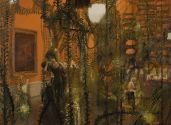
"The truth is only know by ferns" 2014
-
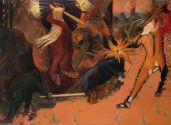
"He lost his mind for some meanest" 2014
-
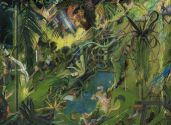
SOLD "We are turning into nothings exclaimed the general" 2014
-
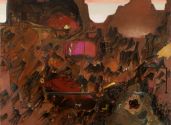
"Hey there in the valley" 2014
-
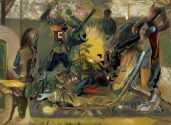
"Some sort of sweaty effort running down my forehead" 2015
-
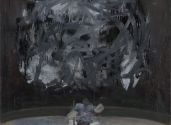
"Hockeyman in the forest" 2011
-
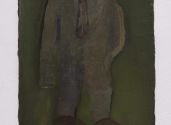
"Formal suit" 2016
-
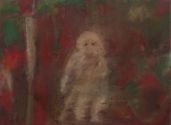
"Ecce homo" 2016
-
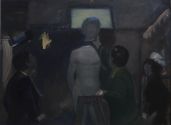
"Such a situation" 2015
-
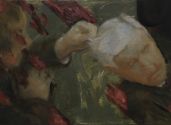
"Where the roses grow" 2016
-
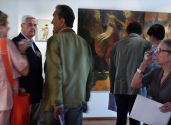
P1010141hg
-
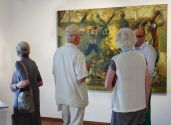
P1010156
-
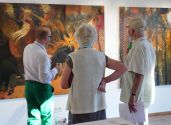
P1010159a
-
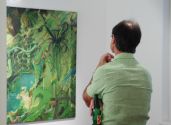
P1010150
-
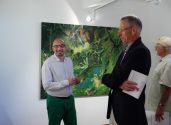
P1010141u
-
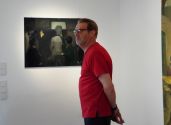
P1010142
-
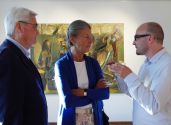
P1010149
-
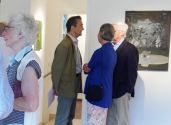
P1010165g
-
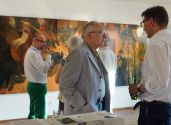
P1010153v
-
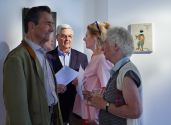
P1010167g
-
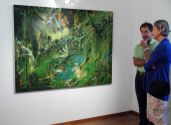
P1010172d
-
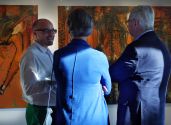
P1010141d
-
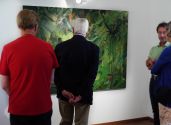
P1010161
-
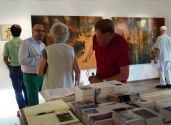
P1010165
-
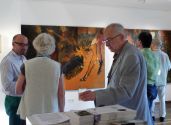
P1010144f
-
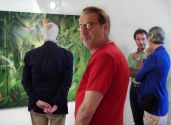
P1010160
-
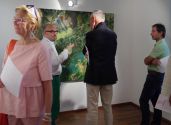
P1010172hg
-
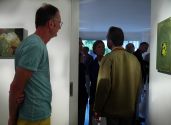
P1010174f
-
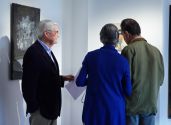
P1010169
-
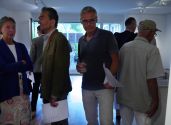
P1010175hg
-
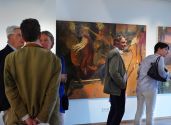
P1010180h
-
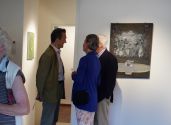
P1010184dc
-
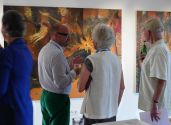
P1010168a
-
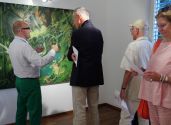
P1010171hg
-
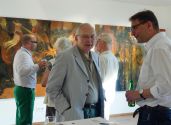
P1010185a
-
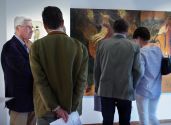
P1010176
-
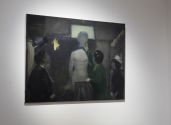
P1010493 copy
-
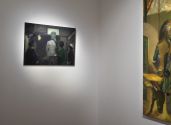
P1010492
-
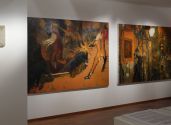
P1010495 copy
-
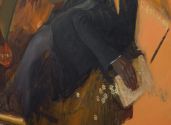
P1010495a
-
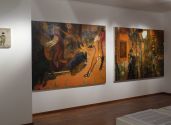
P1010496b copy
-
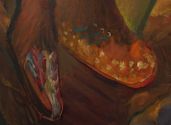
P1010495b
-
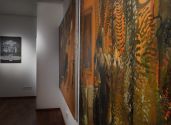
P1010497c
-
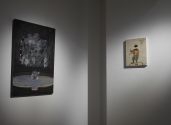
P1010498
-
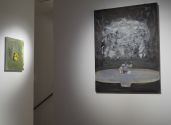
P1010522
-
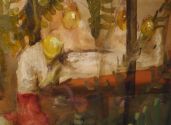
P1010497ba
-
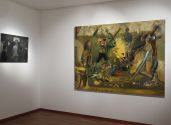
P1010525a copy
-
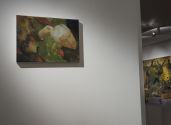
P1010527b copy
-
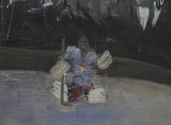
P1010504
-
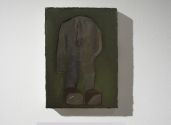
P1010535
-
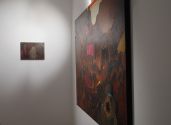
P1010536
-
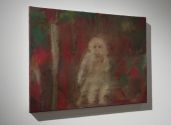
P1010539
-
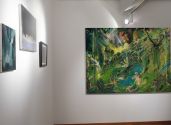
P1010546
-
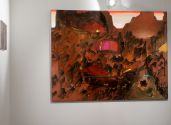
P1010545 copy
-
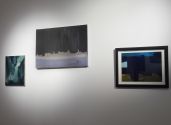
P1010549
-
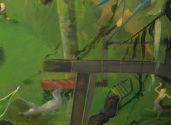
P1010547
-
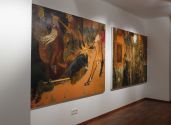
P1010596 copy
-
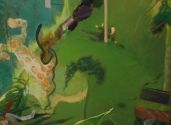
P1010548